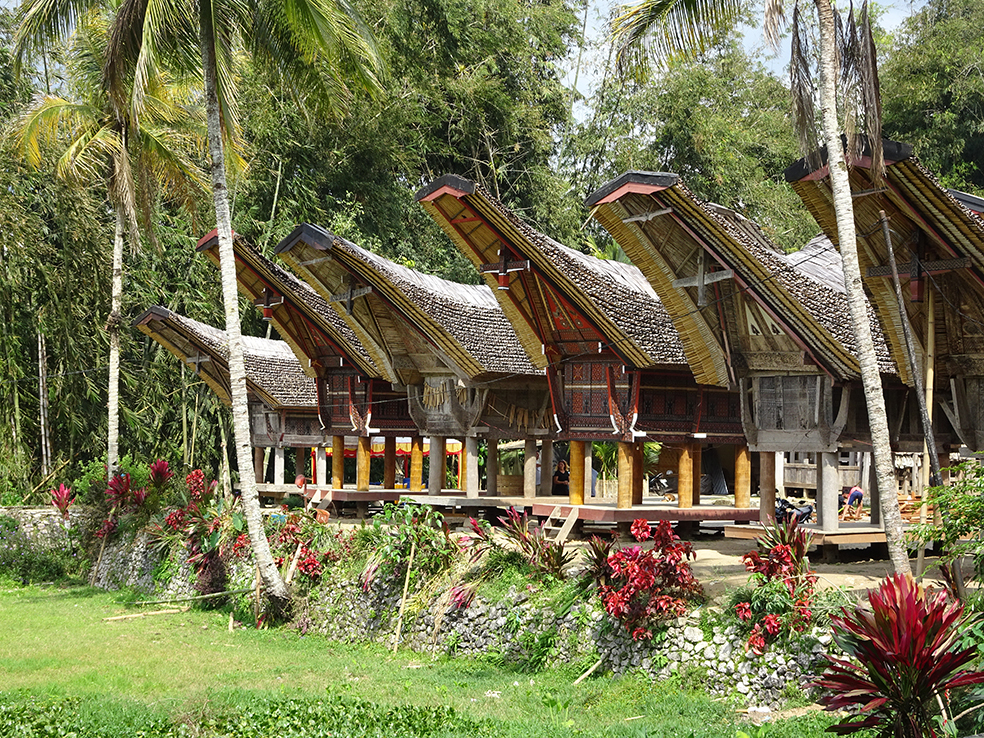This enormous Indonesian island is the hiding place of cultural and natural treasures that need to be discovered, as it is the last refuge for certain ancient traditions.
After spending a few days temple hopping in the ‘Island of the Gods’ (Bali), enjoying the pleasant Gili Islands (Lombok archipelago), resting your mind and body on the island of Java and exploring the Nusa islands (Bali region), we recommend heading to the Indonesian island of Sulawesi to discover a series of cultures and beliefs that are as ancient as they are surprising.
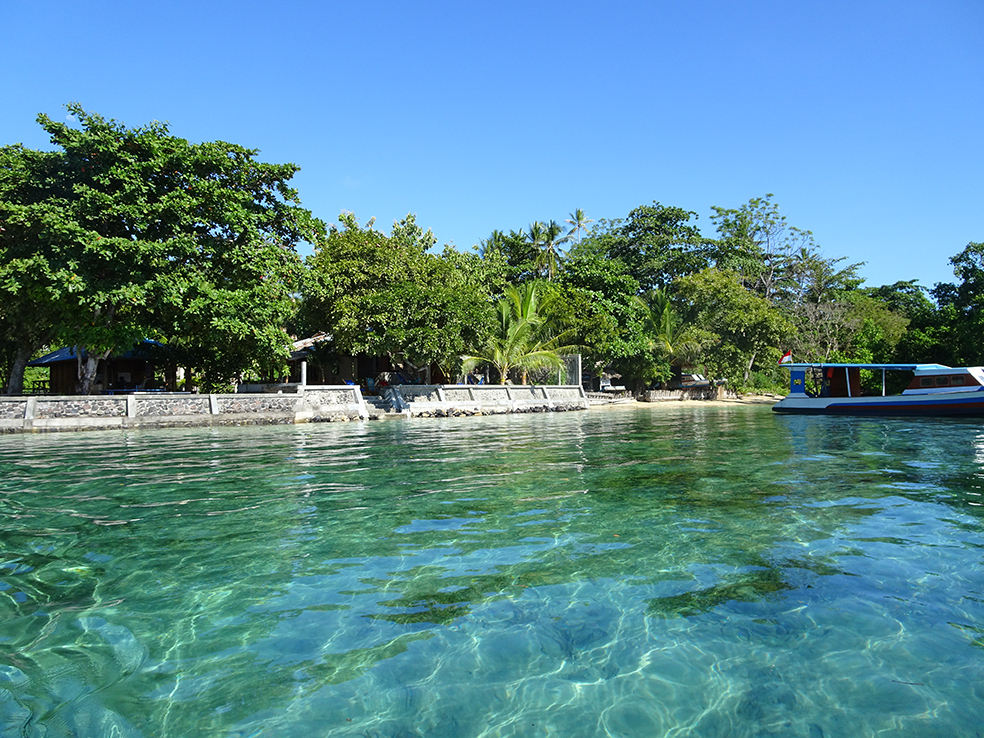
Whether arriving by boat from the island of Flowers or by plane from the island of Bali or Lombok, the entry point to Sulawesi from the South is Makassar. This is a stop-off city (as recommended by guides in the airport) from where you can easily access the island’s inland areas.
Tana Toraja funeral rituals
If you’re looking to see the Tana Toraja funeral rituals for yourself, the best option is to take a public bus from Makassar to Rantepao. There are day and night buses for this roughly 9-hour journey (the night bus leaves at 9pm and arrives at 6am). The best value for money is offered by the Charisma company, which provide air-conditioned buses with reclining seats, blankets and pillows.
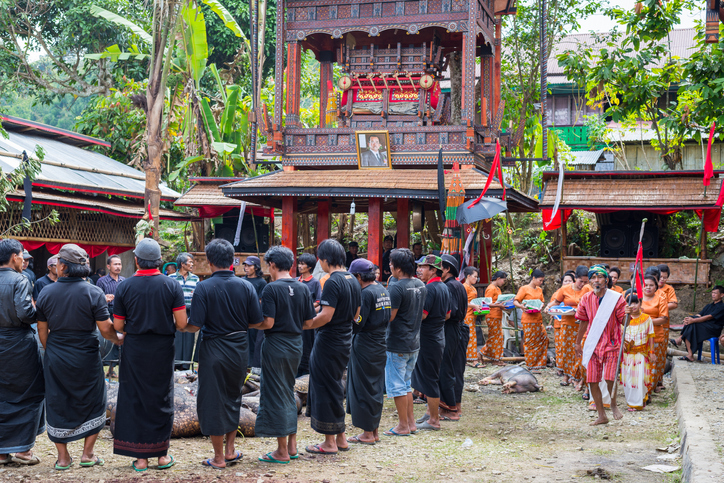
Rantepao is the best starting point if you’re looking to take a look around the Toraja region, in the south of South Sulawesi. Once here, getting around Sulawesi is relatively easy, where you can experience its rural environments, rice paddies, traditional houses, ideals and customs.
The Toraja region is most famous for the funeral rituals of this indigenous group, based on the belief that the soul remains in the body after death. As such, they believe that we must celebrate the death of a family member with music, dancing, live performances and a free buffet for all attendees at the funeral. The quality and lavishness of this small festival will depend on how rich the deceased and his/her family are.
The funerals of the Toraya people (how it is pronounced in Indonesian) are very expensive; sometimes, families need to keep the corpse for months or even years until they can afford to hold a funeral that is considered dignified for this ethnic group. These celebrations entail several days of partying and slaughters, to which the whole village is invited: friends, strangers, tourists and anyone with a remote interest in this tradition.
As soon as you arrive in Rantepao, you will be approached by local guides looking to take you to the funeral celebrations (tomates in Indonesian) due to take place that day. They’ll tell you that you can’t do it alone, that you won’t be able to find them, that they won’t let you in and that you can only travel via private transport…none of which is true. Various types of public transport exist, including bemos, pete-pete (minibuses) and shared public cars.
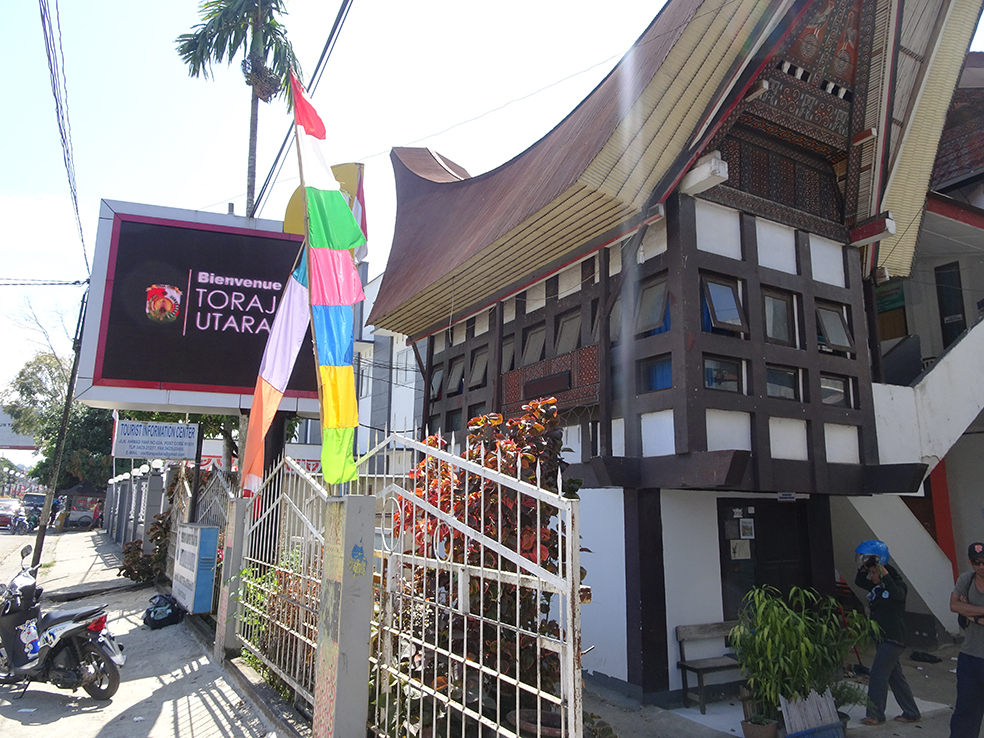
Rantepao has a government tourist information office where tourists can go to receive information, but it’s not easy to obtain the pertinent information about the places and dates on which the local funerals are held so that you can visit them by yourself. However, they are obliged to explain the details written on a blackboard behind the counter. Take a good look at the board and ask what each of the dates represent. This will allow you to organise your visits.
Once you know where the funerals will be held on a given day, all you need to do is catch a ‘bemo’ (local transport) and tell the driver the name of the town or village. As soon as you arrive, the guides will look at you and ask you if you’ve come alone. When this happens, we recommend telling them that your guide is somewhere else. Arriving by yourself is frowned upon, as this is the foundation of local business.
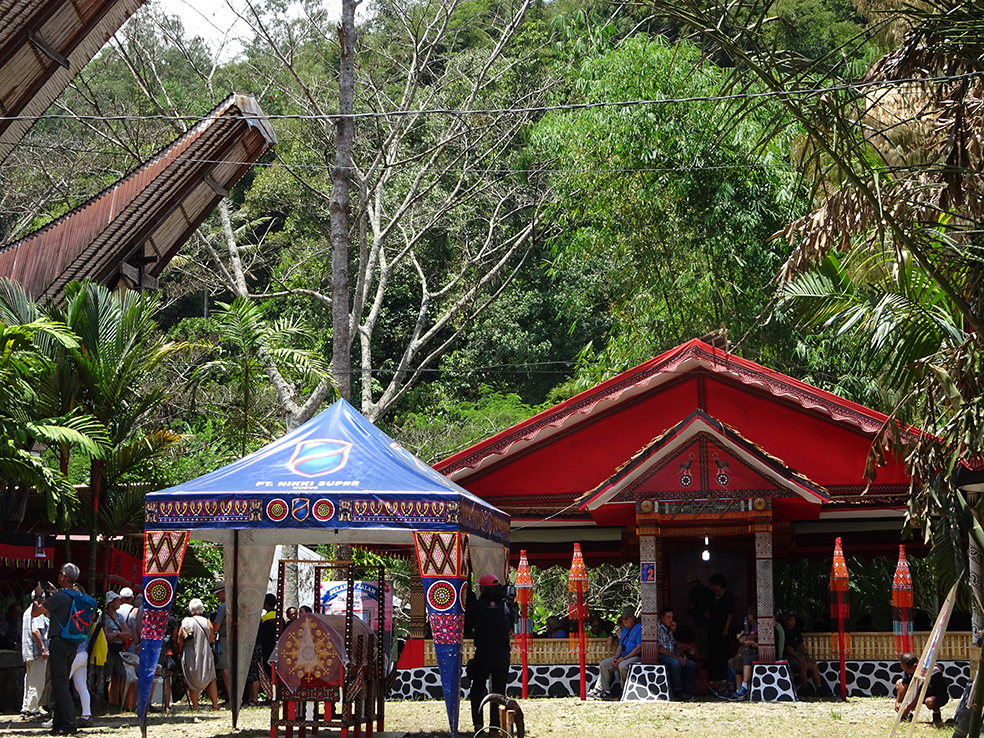
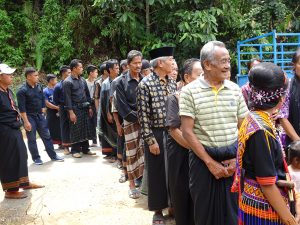
Remember that you must always bring an offering for the family. As strange as it might seem, the most common thing to bring is tobacco. A funeral is a type of Catholic ceremony with chants, prayers, etc.
Once these have finished, the family of the deceased start to hand out food and drink to all the attendees. They also slaughter a number of pigs and buffalos, which are later cooked and distributed too. T
his event is not suitable for highly sensitive people, but it’s worth going to if you want to understand another culture and its rituals.
Londa Burial Cave
After attending a funeral, another of the region’s must-see places is the Londa Burial Cave. From the same tourist information office found on the main road, by the hospital, you should go to Alang-Alang using public transport. Once there, go down a path leading to the right (signposted ‘Londa’). This is a pleasant 3-4-kilometre stroll down a tree-lined road. You are sure to come across locals, who will greet you as you walk by and tell you that Londa is straight ahead.
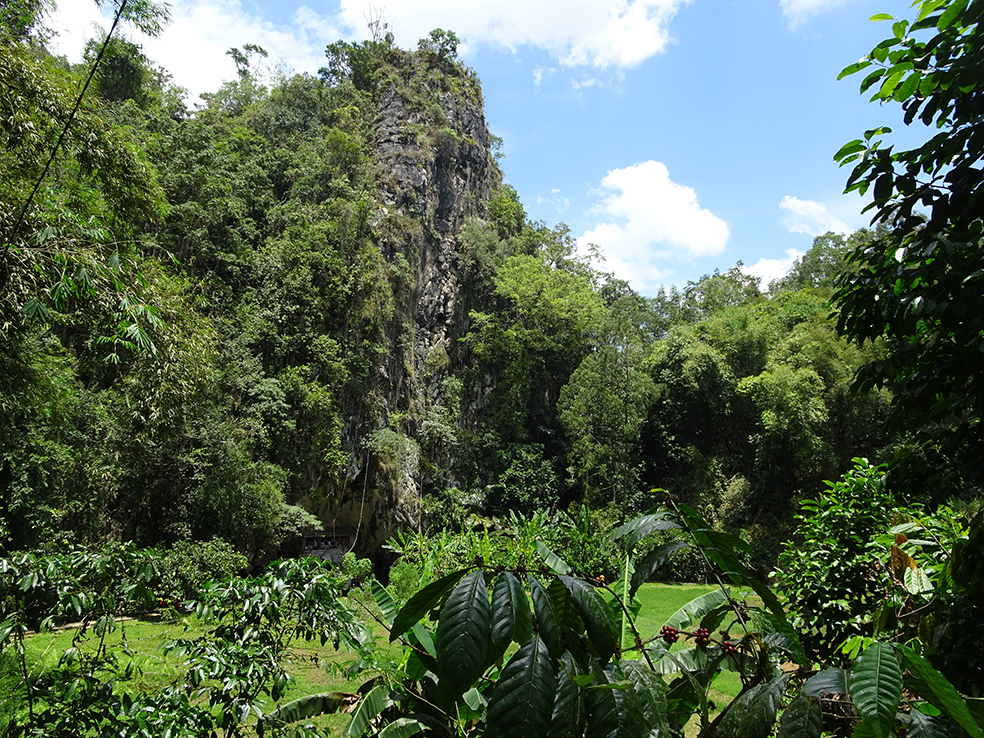
The Londa Burial Cave is found inside a hill, which houses a range of bones. Inside the cave you will find coffins holding skeletons, tombs dug into the stone, wooden tombs hanging from the side of the hill and, most interestingly of all, skeletons dressed in their finery sitting side-by-side, looking directly at the visitors.
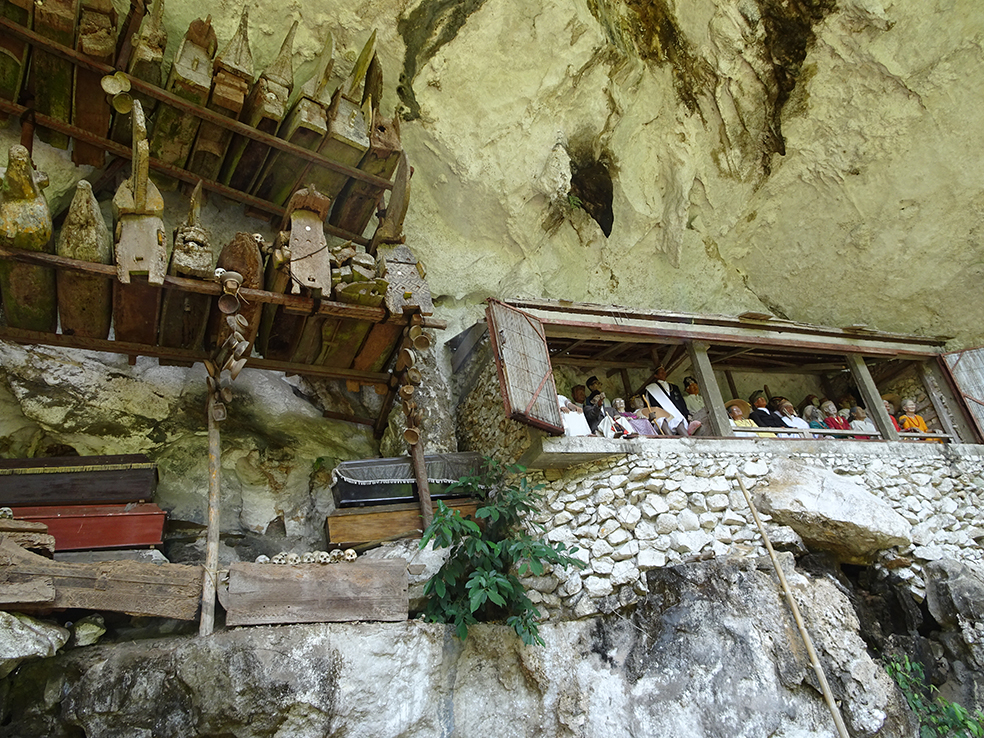
This visit is recommended and necessary if you are looking to learn more about this culture. Entrance costs 20,000 rupiahs (€1.25). If you don’t have a torch, you’ll need to pay an extra 30,000 rupiahs to rent one (€1.90).
The Toraja houses of Kete Kesu
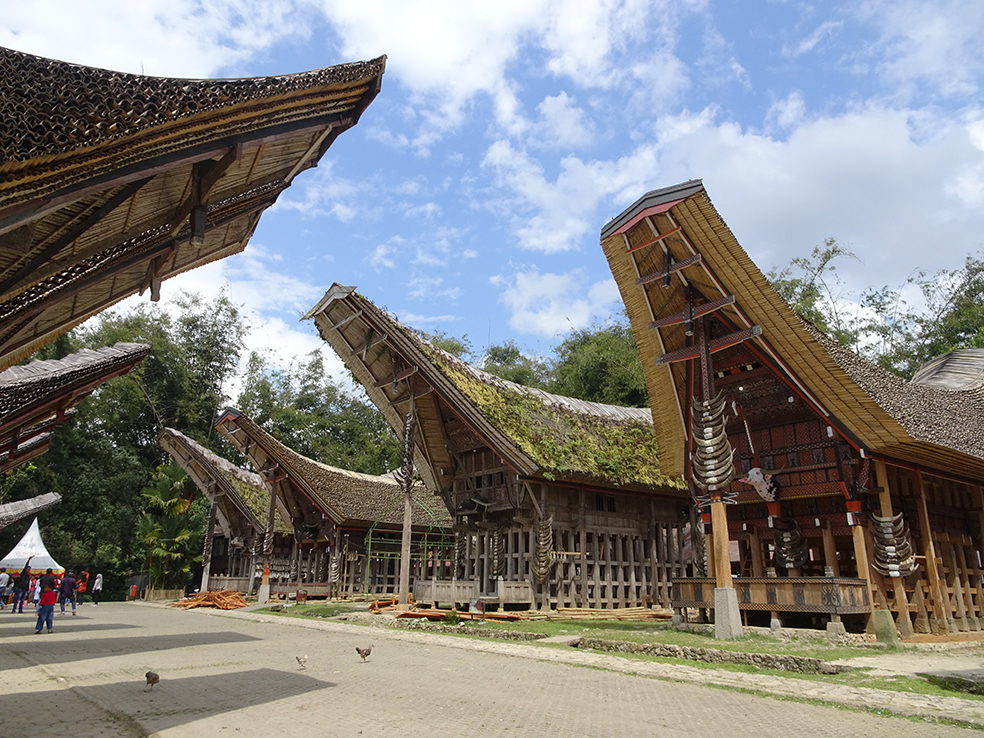
Another place to visit from Rantepao is Kete Kesu, which is only 5 kilometres away. You can get there in a bemo for 5000 rupiahs (€0.30), telling the driver that you want to go to Kete.
This town has many well-preserved typical Toraja houses, which are open to visitors. For 20,000 rupiahs (€1.25) you can visit the house for one hour, which includes the caves at the end of the tour.
Traditional markets at Bolu
Bolu lies only 2.5 kilometres from Rantepao, which will cost you 3,000 rupiahs with public transport (€0.20). This small town holds a market every Tuesday and Saturday. If you’re there on these days, you must be sure to take a look around.
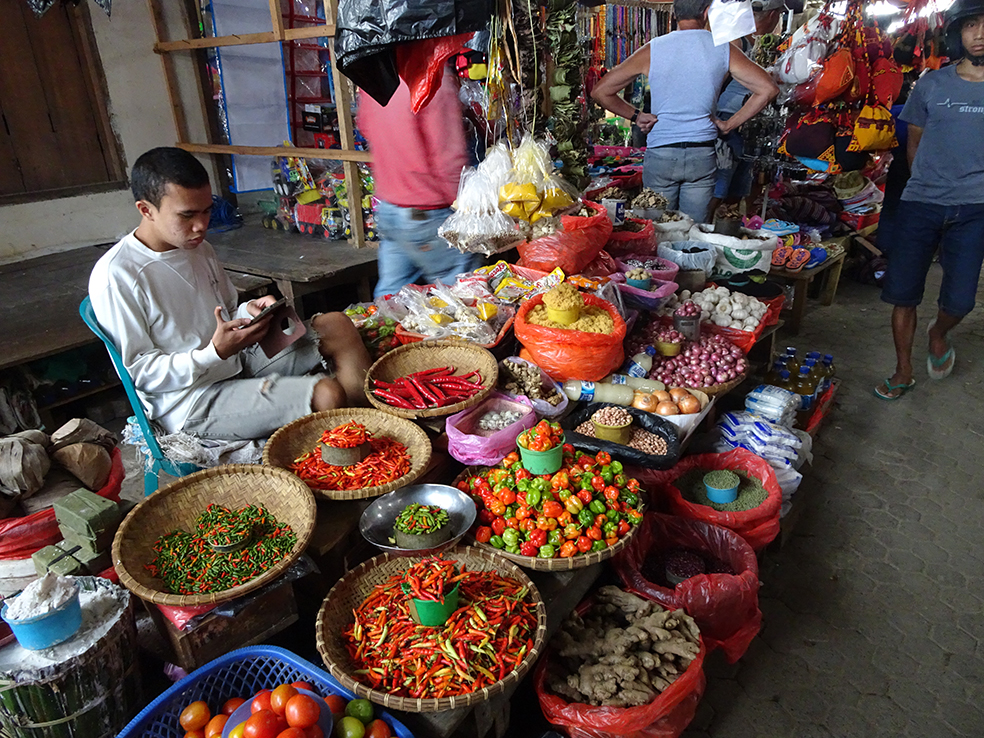
There is the traditional market, noteworthy for the number of Toraja coffee stalls, and the traditional food stalls, where you need to try a type of noodles (“Mie” means “noodles” in Indonesian). Outside you will find the buffalo market, where Indonesian people purchase the buffalos that they will later sacrifice at funerals.
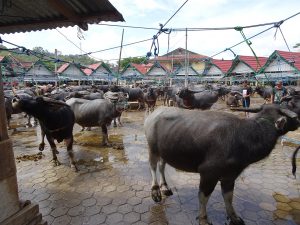
We recommend the Toraja area if you are looking to learn about a culture that is a world apart from our own. The way in which families deal with death and the reverence they have for the bodies is truly striking; as such, you need to spend 2-3 days exploring this region.
Equally impressive, but much more violent, are the funeral rituals in Papua New Guinea. Here, it is traditional for members of the island’s indigenous Dani tribe to cut off a fingertip of women and children, symbolising the pain they feel when a loved one dies. Depending on how the person reacts, the priest may decide to cut off another fingertip. This would subsequently be used to make a fingertip necklace, which is placed around the neck of the deceased when they are buried. Efforts are currently being made to bring a halt to this macabre ritual.
Bunaken, a diving and snorkelling lovers paradise
Sulawesi is also the home to one of the world’s most biodiverse seabeds, making it the perfect location for diving and snorkelling lovers. Many places offer diving experiences all around the island. However, the best underwater treasures are found in northern Sulawesi.
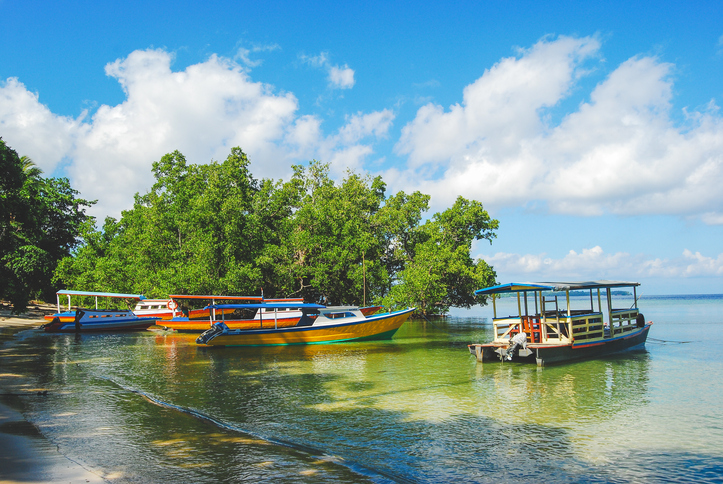
From the city of Manado, you can access the islands comprising the Bunaken national marine park: an archipelago formed by hundreds of islets, including the little island of Pulau Bunaken. This diving tourism destination is most popular among travellers who are keen to explore some of the world’s most impressive seabeds.
While Indonesia’s best-known species is possibly the Komodo dragon, the “Tamal Nasional Bunaken” archipelago is protected by an immense coral reef: home to various species of fish and marine organisms, meaning you can marvel at the wonderful marine diversity on a daily basis. The islands have managed to maintain and even increase their biodiversity through the implementation of several conservation policies. Locals now receive money from the divers, replacing the now-prohibited habit of dynamite fishing. To preserve this natural paradise, tourists need to pay a conservation fee when they go diving. These fees, which might seem excessive, ensure that these underwater paradises don’t turn into coral deserts, as is happening in Gili Air.
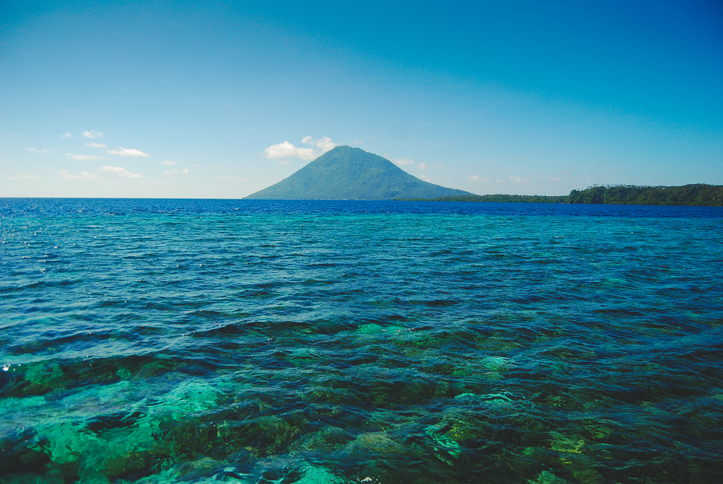
By taking one of the private boat trips offered to tourists at the port of Manado, you can get to the island of Pulau Bunaken quickly and comfortably. However, if you have time, patience and an eagerness to experience the local method of transport, we recommend travelling in one of the public boats. These transport all kinds of implausible goods and people from the island of Sulawesi to the small islands comprising the Bunaken natural marine park.
The island of Bunaken is interspersed with relatively cheap diving-friendly accommodation options, perfect for those who have paid to go diving or for scuba diving courses. These options are usually full board, as this island doesn’t have any main cultural or culinary attractions apart from diving and snorkelling.
Level with the Western Papua’s Raja Ampat archipelago and several diving spots in the Philippines, Bunaken is the best marine life reserve in South East Asia, in no way inferior to Australia’s Great Barrier Reef.
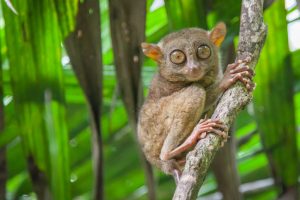
Away from the water, the tarsier is another natural attraction found in northern Sulawesi. These are the world’s smallest species of primate, which share the country with the large orangutans of the island of Sumatra and Borneo (Kalimantan). These funny looking creatures can’t be found anywhere else on the planet, located exclusively in the Lore Lindu (Sulawesi) natural park and on the Philippine island of Bohol.
The secret of Togian Islands
If what you’re really looking for, however, are idyllic white sandy beaches and crystalline waters, Sulawesi has a spectacular hidden treasure that is perfect for you. The Togian Islands are a small archipelago in the centre of Sulawesi which, to date, are not overly crowded by tourists. This is because travelling to these islands is neither quick nor straightforward.
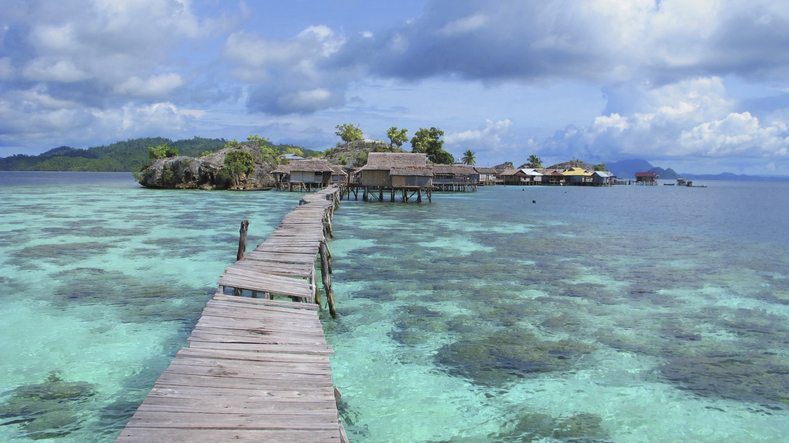
Another inconvenience for potential tourists is that it has no phone signal or Wi-Fi, ensuring that this remote location has retained its authenticity. Furthermore, access to electrical lighting and running water is restricted to certain times of the day. These inconveniences, however, are more than made up for when you first step foot on its beaches and bathe in its crystal-clear waters.
The Togian islands can be accessed by ferry or speed boat from the cities of Ampana and Gorontalo, which can only be reached by land after travelling for several hours along somewhat complicated motorways.
Celebrating death by having a party, living alongside locals in an authentic town, diving with unique species and disconnecting in unforgettable paradises: these are just some of the attractions that you must be sure to experience in the mystical island of Sulawesi.
Alejandra Chito is a journalist. One day, she decided that she wanted to communicate in a different way: via her travels. This passion led to her becoming a nomadic adventurer, who has now travelled to various locations around the globe. This restless Malaga-born adventurer specialises in low-cost travelling; via her experiences, future travellers learn how to squeeze every last drop out of a destination.



